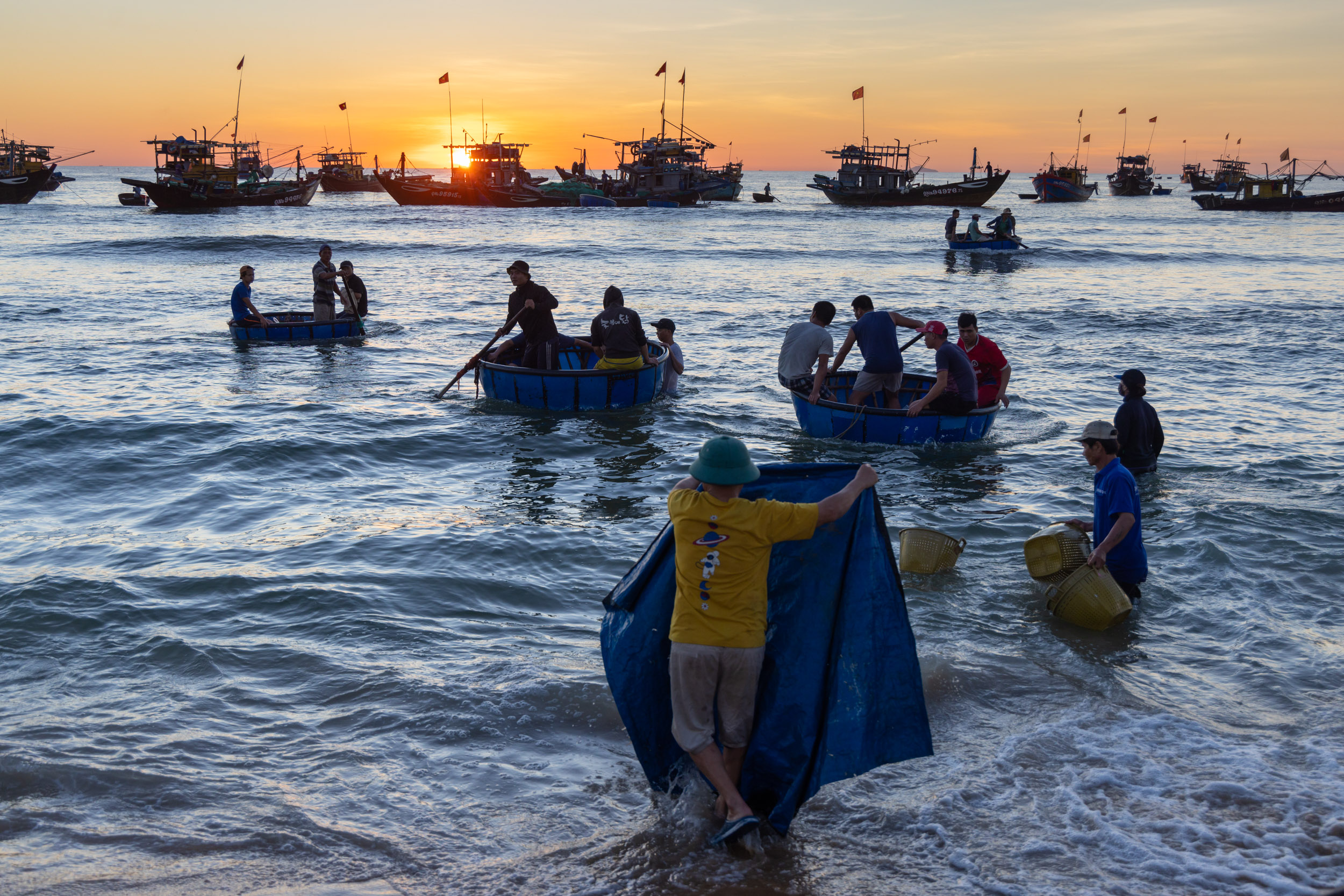
The first time I discovered back button focus, I was watching a YouTube vlog a few years ago by the veteran travel photographer David Noton. I remember being intrigued by what he was talking about in regards to “back button focus” and quickly set about learning why it was important and why he felt it was such a useful thing to be using.
The number of times that I was desperately trying to capture travel portraiture shots or handheld cityscapes, I would get frustrated as my camera decided to hunt for focus. The shutter half-press dance had become my nemesis – that frustrating moment when you’re perfectly composed, finger poised, only to watch your subject disappear while your lens searches endlessly for something to lock onto.
Back button focus – or more accurately, separating your focus and shutter functions – is one of those techniques that seems almost too simple to be revolutionary. Yet in my years of travel photography, from the bustling markets of Vietnam to the silent expanses of the Mongolian steppe, it has become as essential to my workflow as checking the weather forecast.
The concept is beautifully straightforward: instead of your shutter button controlling both focus and exposure, you assign focusing duties to a button on the back of your camera – typically the AF-ON or AEL button. Your shutter button becomes dedicated solely to taking the photograph. It’s a separation that mirrors the way we naturally think about photography: first, we focus, then we capture.
During my recent photo tour to the central Asian country of Uzbekistan, this technique proved invaluable as a teaching tool to my photo tour attendees. Standing in front of numerous people during our journey I needed to continuously recompose my shots to get the right balance of composition and light. With traditional focus methods, each recomposition would trigger the autofocus system, often hunting in bright, low-contrast conditions. Back button focus allowed me to lock focus on the fortress walls once, then recompose freely without the camera second-guessing my intentions.
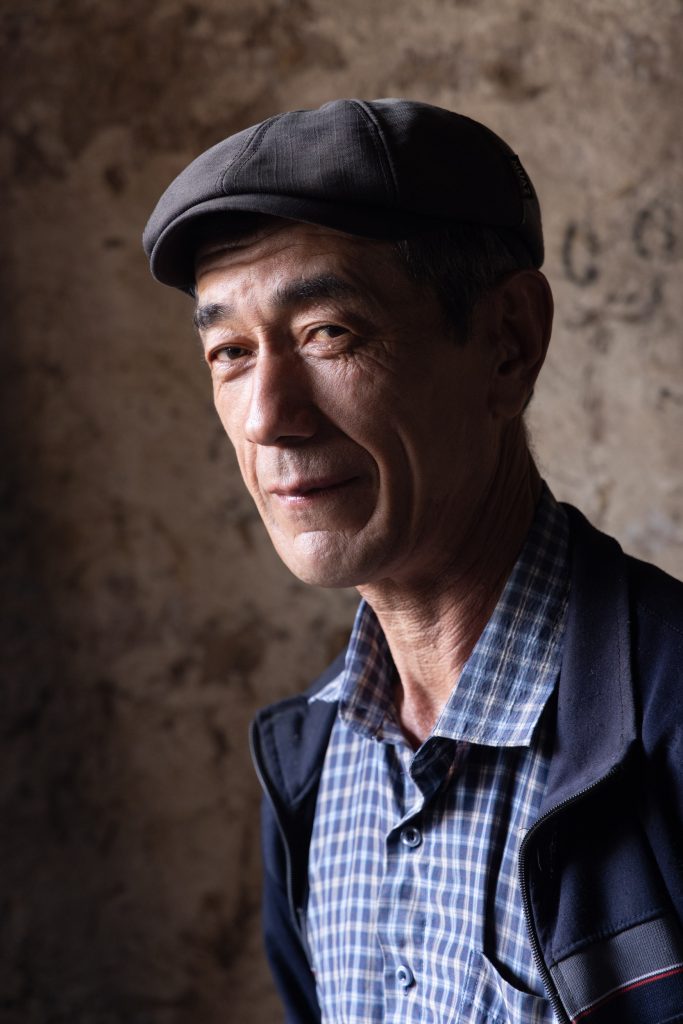
Setting up back button focus varies slightly between camera manufacturers, but the principle remains consistent. On Canon bodies, you’ll navigate to the Custom Functions menu and disable the shutter button’s autofocus capability, then assign AF-ON to your chosen back button. Nikon users will find similar options in their Custom Settings menu, typically under “Controls” or “Buttons.”
The beauty lies in the flexibility this separation provides. Your thumb controls focus – press and hold to engage autofocus, release to lock it. Your index finger controls the shutter – a clean, decisive action without the complexity of half-press techniques. It’s a more intuitive division of labor that mirrors how we naturally approach the act of photography.
Mirrorless cameras have made the task even better now when it comes to travel portraiture as there is now the eye-detection function where a photographer can quickly lock onto the nearest eye of the subject whilst simultaneously engaging servo mode to continuously focus if you siubject can’t sit still. The hit rate of shots has gone up immeasureably.

The real test of any technique comes not in controlled studio conditions but in the unpredictable theatre of real-world travel photography. During my time with the eagle hunters in Mongolia’s Bayan-Ölgii province, back button focus became essential for capturing the dynamic relationship between hunter and bird.
When Bashakhan would call his golden eagle down from the rocky outcrop, the scene unfolded with breathtaking speed. Traditional focus methods would have left me hunting for focus as the eagle descended, missing the crucial moment when bird and hunter reconnected. Instead, I could pre-focus on Bashakhan’s outstretched arm, then track the eagle’s flight path with my back button, maintaining perfect focus throughout the sequence.
The technique proved equally valuable during the festival’s more chaotic moments. In the swirling dust and movement of the kokpar competition – where mounted hunters engage in their traditional tug-of-war with a goat carcass – the ability to independently control focus and shutter allowed me to capture decisive moments that would have been impossible with conventional focusing methods.
Perhaps nowhere is back button focus more transformative than in portrait photography. During my travels through Vietnam, I found countless opportunities to photograph the local people who bring the place to life be it a market seller or one of the minority hilltribe people.
With back button focus, I could achieve perfect focus on their eyes, then recompose freely to create more dynamic compositions. The technique eliminated the frustration of focus jumping to the wrong eye or hunting between facial features. More importantly, it allowed me to maintain eye contact with my subjects, building rapport instead of being distracted by camera mechanics.
The afternoon light filtering through the doorway of a wooden house belonging to the red dzao people superbly backlighted my subject. The rim light illuminating the face created perfect conditions for an environmental portrait. With my focus locked on the woman’s left eye, I could freely adjust my composition to balance the human element with the filtered light, confident that my primary focus point would remain sharp.
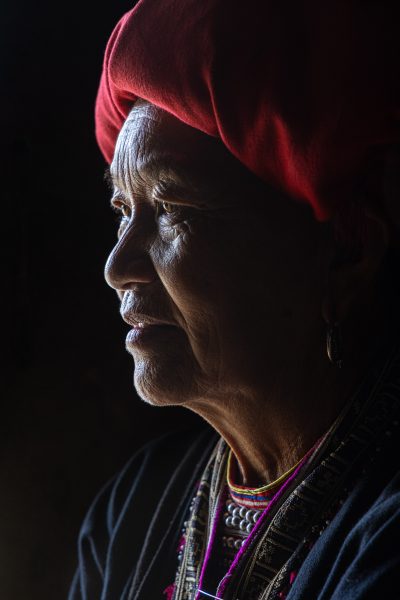
Like any significant change in technique, back when I first started adopting back button focus it required patience and practice. The muscle memory built up over years of half-press focusing didn’t disappear overnight. I found myself occasionally forgetting to press the back button, resulting in frustratingly soft images during my first weeks with the technique.
The key is commitment – temporarily disable your shutter button’s autofocus function completely, forcing yourself to rely entirely on the back button. This approach, while initially challenging, builds proper muscle memory more quickly than trying to use both methods simultaneously.
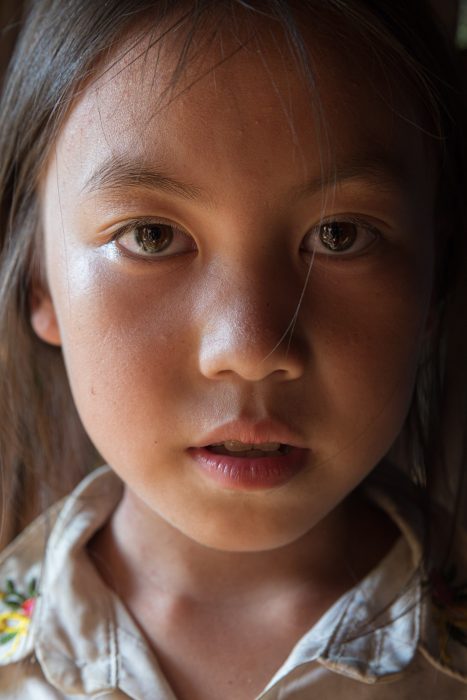
After years of using back button focus across diverse photographic scenarios, from the architectural wonders of Central Asia to the dynamic traditions of Mongolia’s eagle hunters and local people in Vietnam, certain patterns have emerged. The technique excels in situations requiring frequent recomposition, continuous subject tracking, or precise focus control.
For landscape photography, back button focus allows for hyperfocal distance focusing techniques that would be cumbersome with traditional methods. When photographing the stark beauty of the Kyzylkum Desert around Ayaz-Kala, I could set focus at the hyperfocal distance, then compose freely without worrying about the autofocus system hunting in the low-contrast sand.
In street photography situations, the technique provides the stealth advantage of silent focusing preparation. While documenting daily life in Bukhara’s historic quarter, I could pre-focus on likely subject positions, then capture candid moments without the telltale sound of autofocus motors that might alert subjects to my presence.
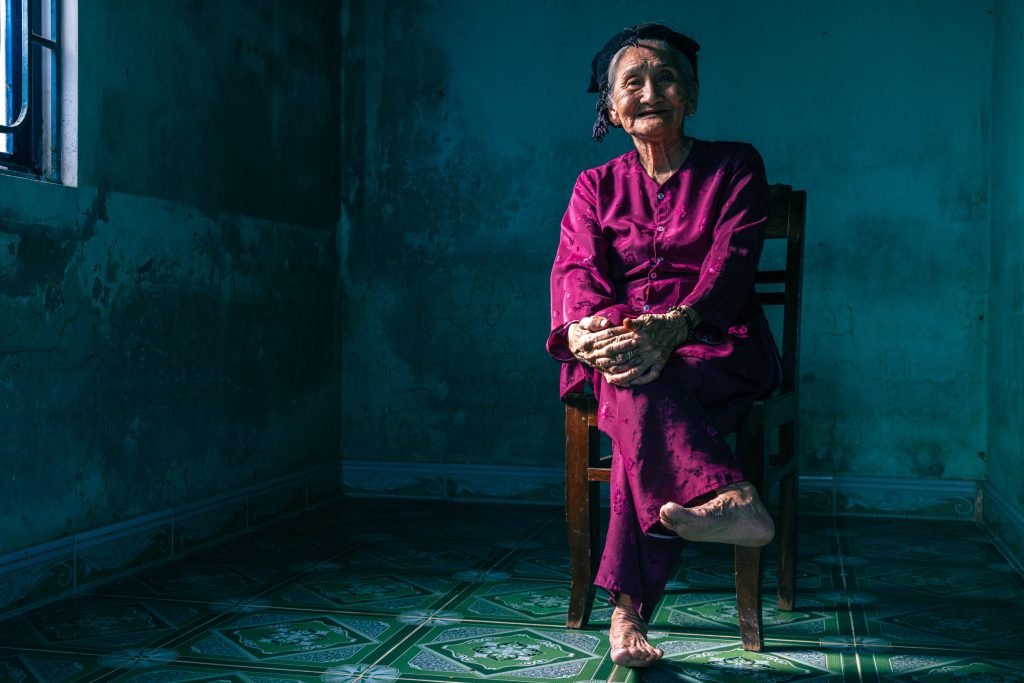
Today, back button focus has become so integral to my photographic process that using a camera without it feels like trying to write with my non-dominant hand. The technique has evolved from a simple technical adjustment to a fundamental part of how I approach the craft of photography.
The separation of focus and shutter functions reflects a deeper truth about photography – that the technical and creative aspects of our craft are most powerful when working in harmony rather than competition. By removing the mechanical barriers between vision and execution, back button focus allows us to focus on what truly matters: the moment, the light, and the story we’re trying to tell.
Whether you’re planning to document the streets of Vietnam or capture the timeless traditions of Mongolia’s Kazakh eagle hunters, mastering back button focus will transform your relationship with your camera. It’s a technique that respects both the precision required by our craft and the spontaneity that makes photography an art form.
The journey from fumbling with half-press focusing to the fluid confidence of back button control mirrors the broader evolution every photographer experiences – from fighting our equipment to making it an extension of our creative vision. In the end, the best camera techniques are those that become invisible, allowing us to concentrate entirely on the world unfolding before our lens.